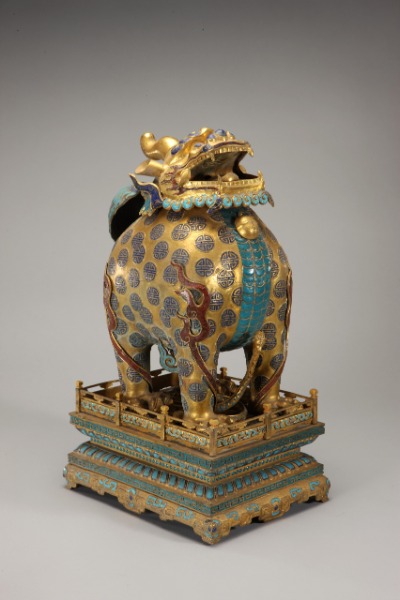A cultural shift
By Wang Kaihao | China Daily | Updated: 2018-08-28 08:12

The curator was careful to select items that specifically reflect Chinese national totems like the easily-recognizable C-shaped jade dragon and items bearing images of dragons and phoenixes, and items that connect with Arabic culture.
"The ancient Silk Road was crucial conduit for cultural communication between the Islamic world and China," Xu says. "This is why we have so many cultural relics in China that reflect the influence of Islamic culture."
Many of the exhibits from the Tang Dynasty (618-907) used figurines on camels and figurines of Western Asian people; ceramics inscribed with Arabic words, and Islamic tombstones from Zayton (today's Quanzhou, Fujian province)-a pivotal trade port on Maritime Silk Road in the Song (960-1279) and Yuan (1271-1368) dynasties.
























